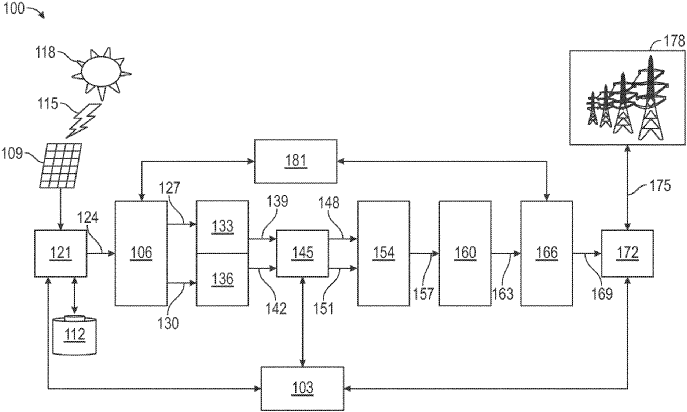A recent patent filing by inventor Charles Robert Wilson introduces an inventive system for generating electric energy by using hydrogen storage, from the generation of hydrogen through its recombination to energy production.
At the core of this patent is the process of generating hydrogen gas by dissociating it from water. This process involves using an electrolyzer, a device that effectively splits water molecules into their fundamental components, hydrogen and oxygen. The electrolyzer utilized in this system can be powered either by a battery or through a photovoltaic array. This flexibility allows the system to adapt to different power sources, optimizing efficiency and ensuring the electrolyzer receives sufficient power for consistent operation.
Once the hydrogen is generated, it must be stored until a sufficient amount is amassed to fulfill a predetermined energy request. The storage aspect of this system is pivotal, as it allows for controlled timing of energy production. By storing the hydrogen, the system can wait until energy demand reaches a level that necessitates generation, providing strategic control over energy resources.
The system does not begin the energy generation process until it determines that enough hydrogen has been stored. When this threshold is reached, the stored hydrogen is recombined with oxygen. This recombination triggers the production of steam, leveraging the newly formed water’s high temperature and pressure to drive a turbine generator. As the turbine spins, it generates the requested amount of electric energy.
An additional innovative aspect of the patent is the closed-loop cycle it employs. The steam produced in the hydrogen recombination process condenses back into water. This condensed water is not wasted; instead, it is recycled back into the system, fed once again into the electrolyzer to dissociate additional hydrogen. This recycling contributes to the system’s sustainability, minimizing waste and enhancing efficiency.
